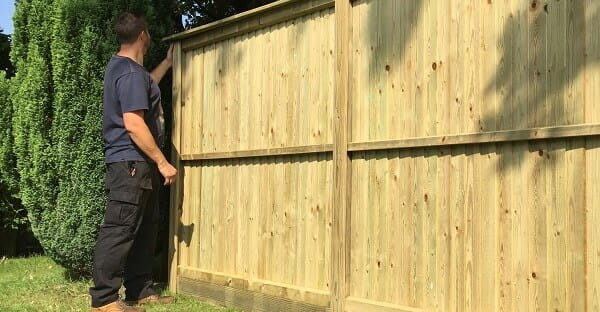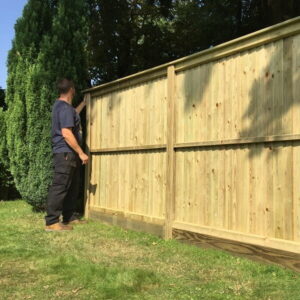A backlink is a link that points to your website from another site. These links can appear as images, text, or clickable buttons and typically have descriptive anchor text.
One way to earn high-quality backlinks is to create a valuable piece of content and promote it. Visual assets like infographics are also a great way to attract backlinks. Visit Website to learn more.
Link building is a technique that gets other websites to link back to yours. This is an important part of SEO and can help you rank higher in search engines. It also helps you build relationships with other website owners and influencers. However, there are many different ways to build links, and some of them are more effective than others. The best way to build links is by creating valuable content for your audience and by reaching out to other bloggers and website owners.
To create high-quality content, you need to know your audience and understand what kind of information they are looking for. Then, you can create pages that address their needs and target the right keywords. This will make it easier for other website owners to link to your pages, which will help you boost your page rank and bring in more traffic.
You can use different techniques to build links, including guest blogging, skyscraper techniques, and link inserts. But to get other website owners to link to your content, you must provide them with a compelling reason to do so. In most cases, they will only link to your content if it is relevant to their audience and is beneficial to them. Providing them with this incentive can be challenging, but it is well worth the effort.
While some shady tactics have emerged in the past, most of these methods are no longer effective. In fact, Google has started to discount a number of these tactics, such as submitting your site to web directories in exchange for a link. These types of links aren’t editorially given, which means they don’t carry much weight with Google.
To find opportunities to earn a link, start by finding the websites that have the most authority in your industry or niche. You can use SEO tools to identify broken links, which are links that are no longer active. These can be caused by technical errors, such as a redirect, or by the removal of the link from another website. You can then reach out to these sites and ask them to re-add the link.
Broken links
Broken links are a common problem that can cause your website to lose its credibility and visibility. They also prevent search engines from finding your content and can lead to a lower rank in SERPs. Fortunately, there are ways to fix these problems and improve your SEO and user experience.
First, create a list of your broken pages using the Semrush Backlink Audit tool. You can do this by copying the broken URL and selecting the “Backlinks” tab. You can then export the results to a spreadsheet and evaluate them for their potential impact on your SEO. You should focus on fixing those with the highest potential impact. This will help you prioritize your efforts and use your resources more effectively.
There are a few reasons why broken links occur, and it’s important to understand them so that you can avoid them in the future. One of the most common reasons is a typo in the link’s URL. When a link is misspelled, the server can’t find the page it needs to redirect to and will display an error message instead. Another reason is when a page on your site is deleted or moved, which can result in a broken link. Finally, errors can occur in the code itself (such as a syntax error or an undefined variable).
Once you’ve identified your broken links, it’s time to fix them. It’s important to focus on the most important ones, such as those that drive organic traffic or conversions. Depending on the type of error, it may be more useful to redirect the link to a similar page or to a different type of content.
When contacting the webmaster of a referring website, it’s important to keep your email short and to the point. Explain that you’re contacting them because of a broken link on their site and that it’s in their best interest to fix it. You can also offer to replace the broken link with a relevant one, which will benefit both your website and theirs. If they agree to do so, monitor the incoming traffic and backlinks to ensure that it’s been fixed.
Social media
Social media is a form of mass communication that allows users to share information and ideas. It can also help to promote a business or brand, and it is a powerful tool for increasing traffic. Social media has become a part of our daily lives, whether we’re using it to keep in touch with friends or to follow the latest news. It can even be a platform for self-expression. While there are many positive aspects of social media, it can also be harmful. For example, it has become a hub for cyberbullying and other forms of harassment. It can also lead to addiction and procrastination.
Despite the negative impacts of social media, it can still provide valuable tools for marketers. One of these is social media backlinks. These links are used to rank websites on search engines. However, these links do not have the same value as other backlinks. Moreover, they are typically No-Follow, which means that they do not pass link juice to the website. Despite this, social media backlinks can still improve a website’s SEO ranking.
There are several ways to get social media backlinks, including linking with other blogs and sites in your niche. Adding your link to other blogs can increase visibility and attract visitors. It can also help build a network of bloggers, which can lead to future collaborations.
Another way to gain social media backlinks is by promoting your content on platforms like Facebook, Twitter, and LinkedIn. These platforms allow you to include a link to your website in the bio section of your profile. You can also use the “Swipe Up” feature in Instagram Stories to include a link to your website.
Lastly, you can also join a social media group related to your industry and participate in discussions. This can help you find new customers and establish your brand. The best part is that most of these platforms are free to use. However, it is important to monitor your social media accounts for inappropriate behavior. You should also avoid promoting your website on any illegal networks.
Guest blogging
If you are looking to boost your organic search engine rankings, guest blogging is a great way to do it. This is because it increases the number of quality backlinks to your website. Ideally, you should try to get backlinks from authoritative websites that share your audience. This will increase the chance of your content being ranked in the top positions on Google’s search results.
Guest blogging can be time-consuming, but the benefits are well worth the effort. However, it’s important to focus on quality over quantity when pitching guest posts. You need to research the sites that will accept your post and determine whether they fit with your marketing goals and SEO strategy. A poorly written post can have a negative impact on your business and hurt your rankings.
Aside from increasing the number of backlinks to your site, guest blogging can also help you build a stronger brand identity. It can help you become an expert on the topic of your choice, and it can also boost your credibility. Moreover, it can also improve your domain authority.
When it comes to building a strong backlink profile, the quality of your links is more important than their quantity. It’s essential to focus on getting high-quality backlinks from authoritative websites that are relevant to your niche. These backlinks will help you rank higher on Google, and they will be more valuable than low-quality links.
Another important factor in determining the strength of your backlinks is the quality of your content. You need to create original, informative, and engaging content that will attract readers. In addition, you should promote your content on social media. This will generate more traffic to your blog and will help you build a community of loyal followers.
If you’re unsure about where to start, you can use Ahrefs’ Content Explorer tool. This free tool allows you to search billions of web pages for keywords and other important metrics. It can also help you find sites that have already published content on the topics you are writing about. This will make it easier to pitch your ideas.

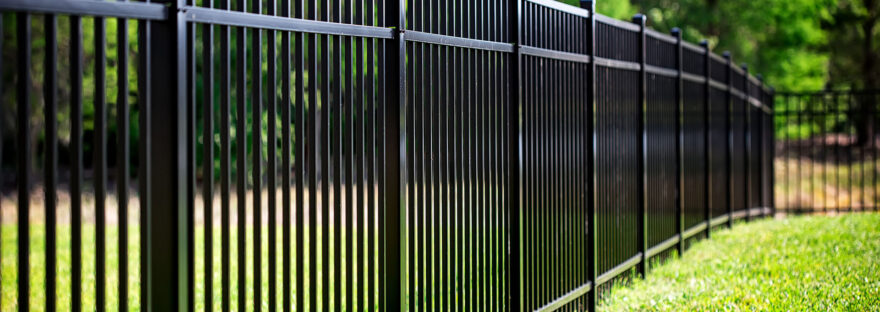
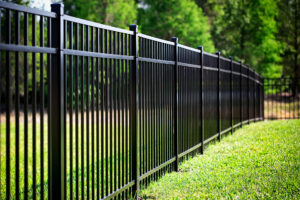
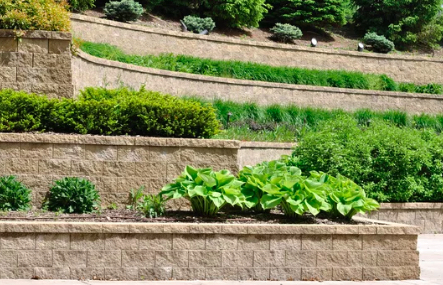
 Tiered retaining walls, often referred to as terraced or multi-level retaining walls, are a dynamic and practical landscaping solution for properties with sloping terrain. These walls are designed to serve both an aesthetic and functional purpose, offering a unique way to make the most of your outdoor space.
Tiered retaining walls, often referred to as terraced or multi-level retaining walls, are a dynamic and practical landscaping solution for properties with sloping terrain. These walls are designed to serve both an aesthetic and functional purpose, offering a unique way to make the most of your outdoor space. 
